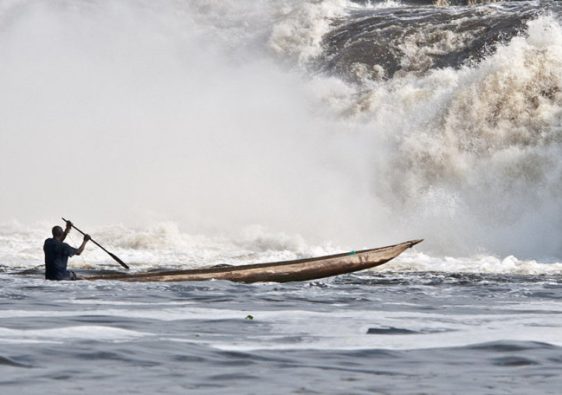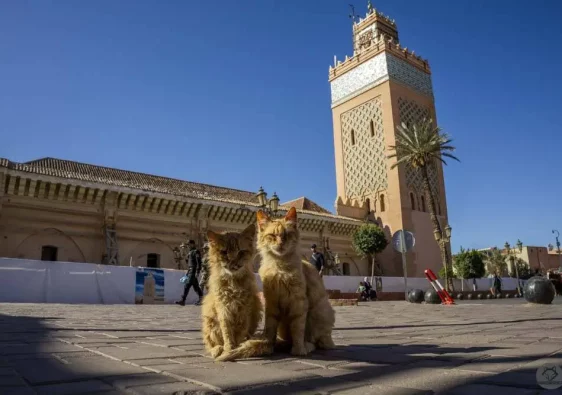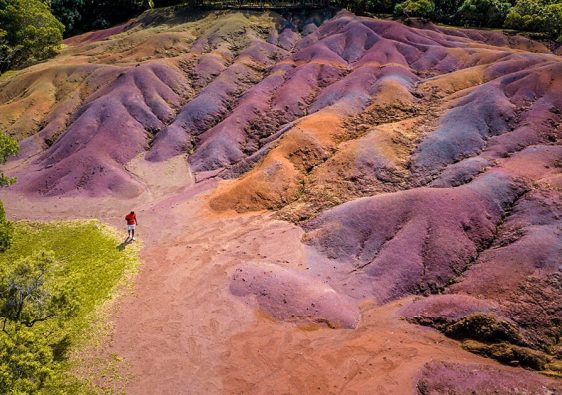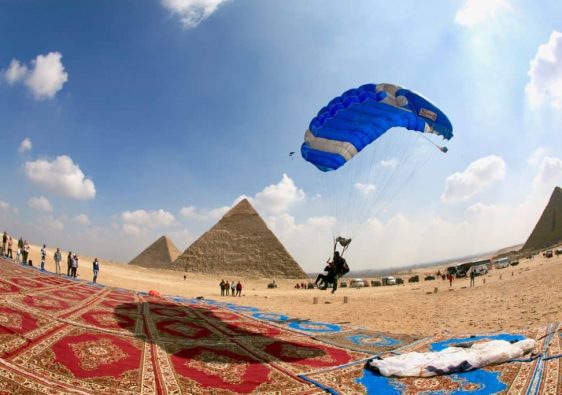Perched on the slopes of Chefchaouen Mosque Mountain, as the sun sets over the expansive valleys of the Rif Mountains, the sky city turns a haunting shade of blue.
Why does Africa have a blue city
The world boasts three famous blue cities: Santorini in Greece; Jodhpur in India; and Chefchaouen in Morocco—the farthest from my homeland. Nestled in the Rif Mountains and encircled by ancient walls built along its slopes lies Chefchaouen. In the late 15th century Andalusian Moors crossed over from Spain settling among Berber natives establishing a fortress—not initially painted blue though.
In Spanish “Chefchaouen” translates to “horns,” while in Berber it means “goat horns,” and Arabic refers to it as “lookout on peaks.” As more settlers arrived including Jews fleeing religious persecution during its 16th-century growth spurt into an independent kingdom briefly flourishing before Moroccan conquest—its fortress endures within today’s old town center.
Despite remote geography war repeatedly besieged Chefchaouen prompting Jewish inhabitants first painting homes using Tekhelel—a natural shellfish-derived dye representing sky/heaven symbolizing divine protection also expressing subtle homesickness among Jews soon emulated by others swiftly enveloping town entirely within shades of blue.
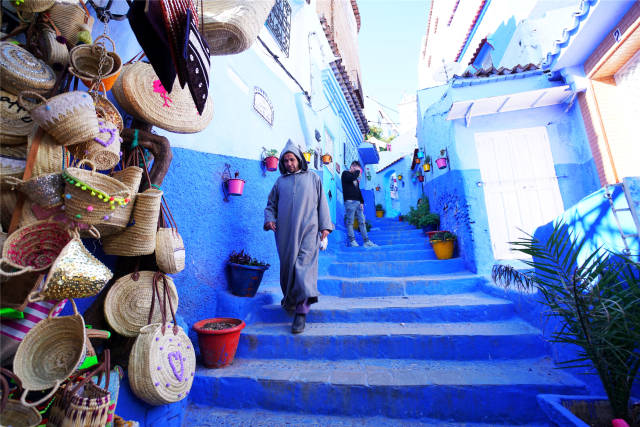
Conversely Berbers attribute widespread blueness combating North African summer heat residents voluntarily painting everything visible—doors steps stairs windowsills flower racks mailboxes—to enhance coolness deter mosquitoes eventually making azure hues intrinsic lifestyle element imbuing dreamlike mystique throughout townscape.
Desert-nomadic Berbers preserve Morocco’s traditional ways exhibiting vibrant “Gypsy” charm through brightly adorned cotton hats loose flowing garments standing out amidst azure backdrop handwoven blankets wool rugs adorning walls/steps/eaves alongside North African leather goods rustic turquoise-amber-coral jewelry colorful natural dyes—all exuding artistic essence.
For present-day inhabitants house colors transcend religious significance evolving into emblematic identity crafting human-touch infused ethereal-blue world symbolizing Chefchaouen itself necessitating overnight stay waking pre-dawn exploring labyrinthine alleys undisturbed by still-slumbering locals revealing serene dreamscape calming restless hearts storing cherished azure sights within oneself forevermore.
Mountain-hugging architecture resembling interconnected fortresses alternates between ascending/descending streets comprising slopes/steps evoking vertical enchantment reflecting original defense-oriented construction intent thoroughly saturating structures (houses walls wooden doors ground) blending deep-sea/sky blues delineating tranquil realm seamlessly merging hues creating peaceful ambiance everywhere encountered adding unique charm reminiscent bygone eras’ strategic ingenuity now serving as picturesque retreat inspiring photographers particularly imaginative women capturing postcard-worthy scenes effortlessly evoking nostalgic joy akin recalling dreamlike moments amidst life’s journey stages revisited fondly later on reflection.
Dusk heralds exiting old city gates crossing stone bridge climbing mosque-topped hill sitting slope-side surveying entire Blue City densely clustered buildings stretching hillside-skyward witnessing sunset behind mountains twilight veiling clear skies preserving azure legacy within Chefchaouen forevermore experiencing fleeting dreamy-blue companionship elevates life’s melody softly strumming strings encapsulating beautiful encounters sunlight warmly wrapping fingers lushly vibrant breezes clouds blues dim lights weaving ephemeral magic perhaps defining happiness’ true origin ultimately rediscovered amidst such enchanting settings.
